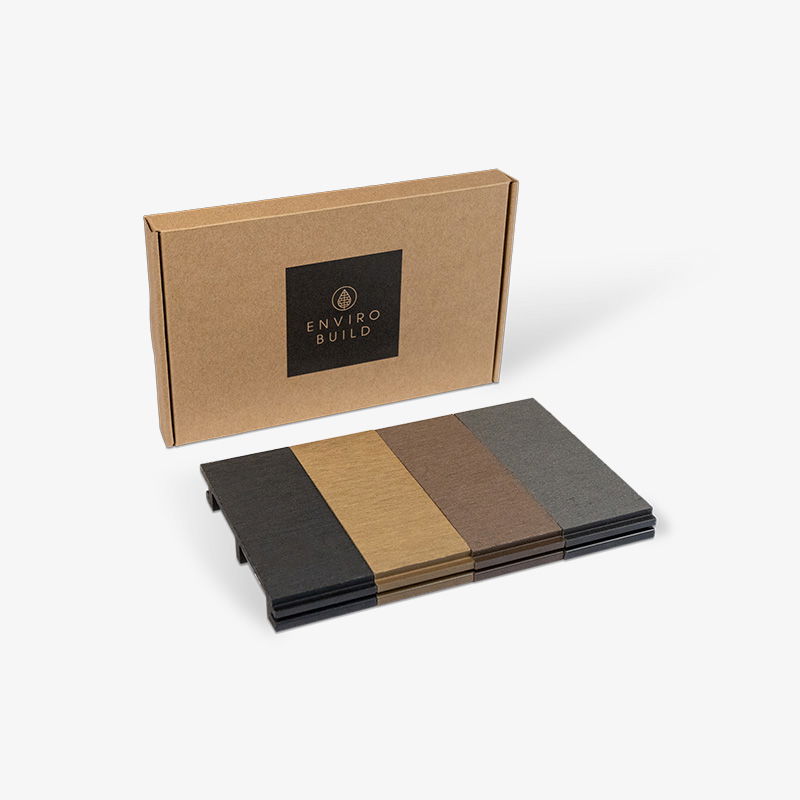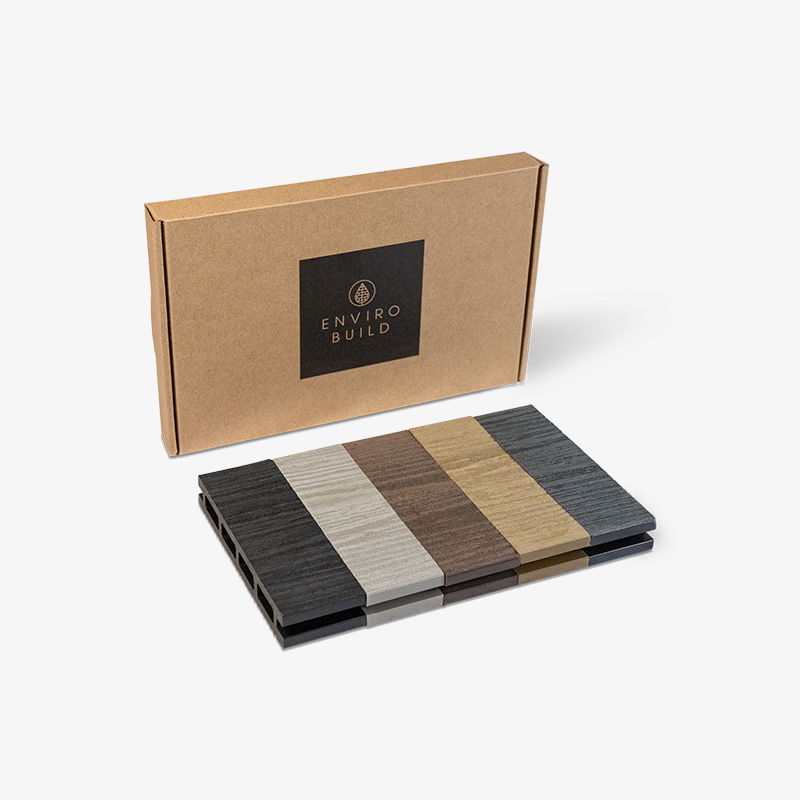Composite Fencing vs Wood: Which Is Best for Your Garden?
Fencing is an important element of any garden design, defining boundaries, providing privacy and contributing to the overall aesthetic of the space. For decades, timber has been the traditional choice, but today, composite fencing is rapidly becoming the go-to solution for modern, low-maintenance outdoor projects.

Author Name
Chief Writer
Thu, 28 Jul 2026

How does composite fencing compare to wood in terms of appearance, durability, cost and sustainability? Here’s everything you need to know.
What Is Composite Fencing?
Composite fencing is made from a blend of recycled wood fibres and plastic, engineered to deliver the natural look of timber with far greater strength and weather resistance. The boards are resistant to moisture, fading and staining, all common issues with wood.
Because it combines the best properties of both materials, composite fencing is:
Low-maintenance (no painting, staining or sealing).
UV- and moisture-resistant.
Durable, lasting 25 years or more with minimal upkeep.
Sustainably produced, (EnviroBuild composite fencing is made with 90% recycled materials and manufactured with 100% renewable energy)
What Is Wooden Fencing?
Wood fencing has long been a favourite for its natural warmth and traditional character.
Common types include:
Softwood panels (e.g. pine or spruce), often pressure-treated.
Hardwood panels (e.g. cedar or oak), naturally more durable but higher in cost.
While timber offers initial affordability and versatility, it requires regular maintenance to prevent decay and maintain its appearance.
Composite Fencing vs Wood: A Detailed Comparison
1. Durability and Weather Resistance
This is the area where composite fencing outperforms traditional wood by a wide margin.
Composite boards are engineered to resist rot, warping, splitting, and moisture absorption. They don’t swell after rain or crack under frost, and they maintain their shape even in fluctuating temperatures.
Wood fencing, by contrast, is vulnerable to the elements. Even with regular treatments, moisture can penetrate the fibres, leading to decay, warping, and surface splintering over time — particularly in the UK’s wet, variable climate.
2. Maintenance Requirements
If you’re looking for a fence that looks great with minimal effort, composite is the clear winner.
Composite fencing requires only an occasional wash with soapy water to stay clean, while wood must be stained, oiled, or painted every 1–2 years to prevent deterioration.
Additionally, wooden panels often need periodic replacements due to rot or insect damage — an issue composite fencing completely eliminates.
3. Appearance and Design Versatility
Both materials can create attractive outdoor spaces, but the aesthetics differ slightly.
Wood fencing offers genuine natural texture and colour variation. It’s ideal for traditional gardens or rustic designs.
Composite fencing replicates the appearance of wood grain with far more colour consistency and style options — from contemporary anthracite greys to rich walnut browns.
Composite systems also come in slatted, solid, or decorative formats, giving more design freedom for modern and architectural gardens.
4. Environmental Sustainability
While both materials can be sustainable, composite fencing often has a lower overall environmental impact:
It’s made from recycled wood fibres and plastics, diverting waste from landfill.
It doesn’t require chemical preservatives, oils, or paints that can leach into soil.
Many composite systems are fully recyclable at the end of their lifespan.
By comparison, softwood timber is renewable but often treated with chemicals to extend its life — and frequent replacement increases resource use over time.
5. Cost and Long-Term Value
Upfront cost: Wood fencing is usually cheaper to purchase and install initially.
Long-term value: Composite fencing requires no treatments or replacements, meaning lower maintenance costs and effort over time.
While the initial investment is higher, composite fencing often pays for itself within a few years thanks to reduced upkeep and longer lifespan.
6. Installation and Compatibility
Both materials can be installed using standard fencing techniques, but the engineered design of composite systems ensures a sleek finish and precise alignment.
Composite retrofit panels can also slot into existing concrete posts, making it easy to upgrade ageing wooden fences without rebuilding from scratch.
7. Aesthetic Longevity
One of composite fencing’s most overlooked advantages is its ability to retain colour and finish for years.
The UV-resistant additives in the composite material ensures that colour remains consistent, even under prolonged sunlight, whereas wood gradually fades, greys or stains without annual upkeep.
The Verdict: Composite Fencing Outperforms Wood
While wooden fencing retains timeless charm, composite fencing is the smarter, more sustainable choice for modern gardens. It provides the natural beauty of wood with none of the maintenance headaches, built to withstand the UK’s climate for decades.
If you’re looking for a fence that combines durability, design flexibility and sustainability, composite fencing is a clear upgrade from timber.
With its long lifespan, low upkeep and premium aesthetic, it delivers a solution that’s as practical as it is beautiful, helping homeowners and specifiers build greener, longer-lasting outdoor environments.
EnviroBuild offers a complete range of composite fencing systems, including retrofit panels, gates and decorative trellis toppers, manufactured sustainably with low-maintenance materials.







